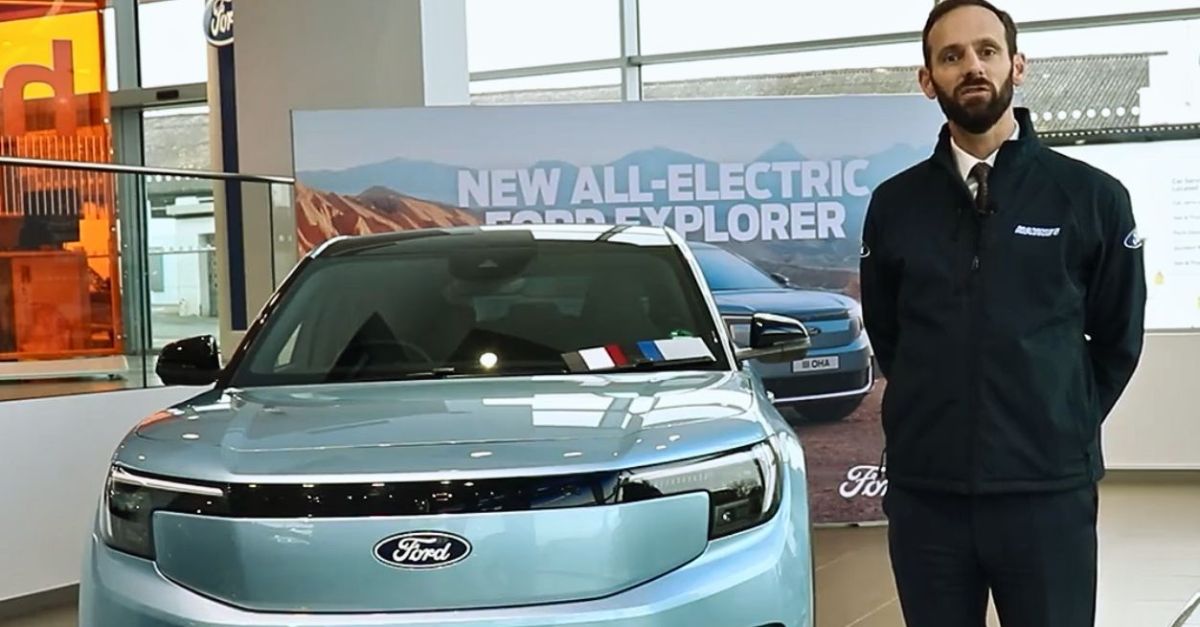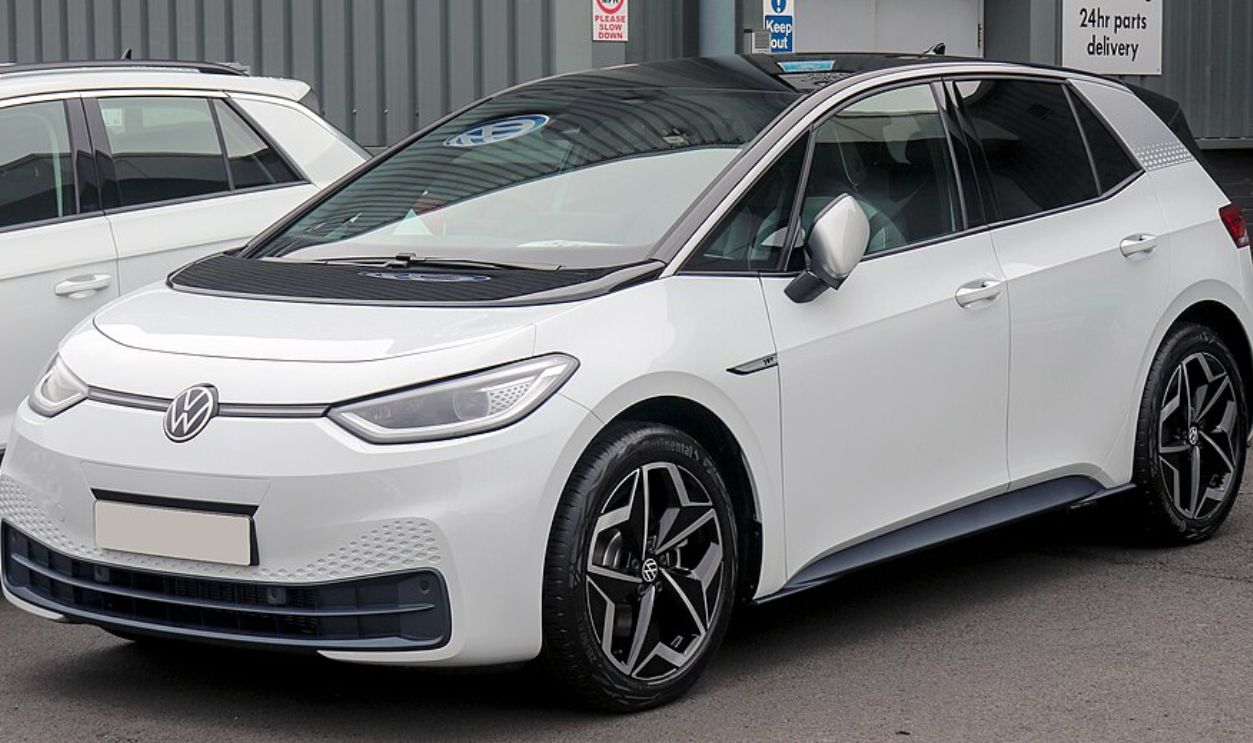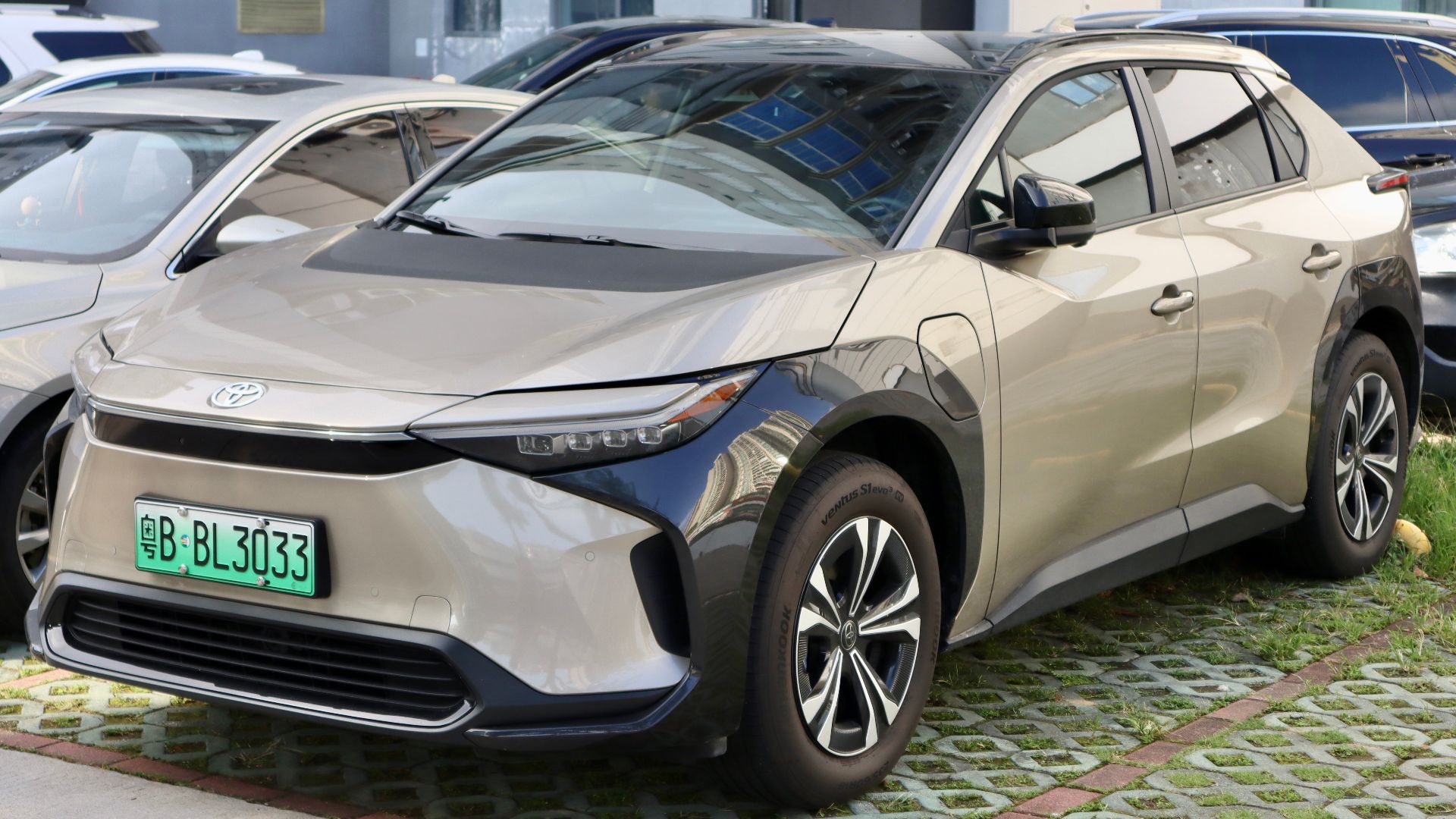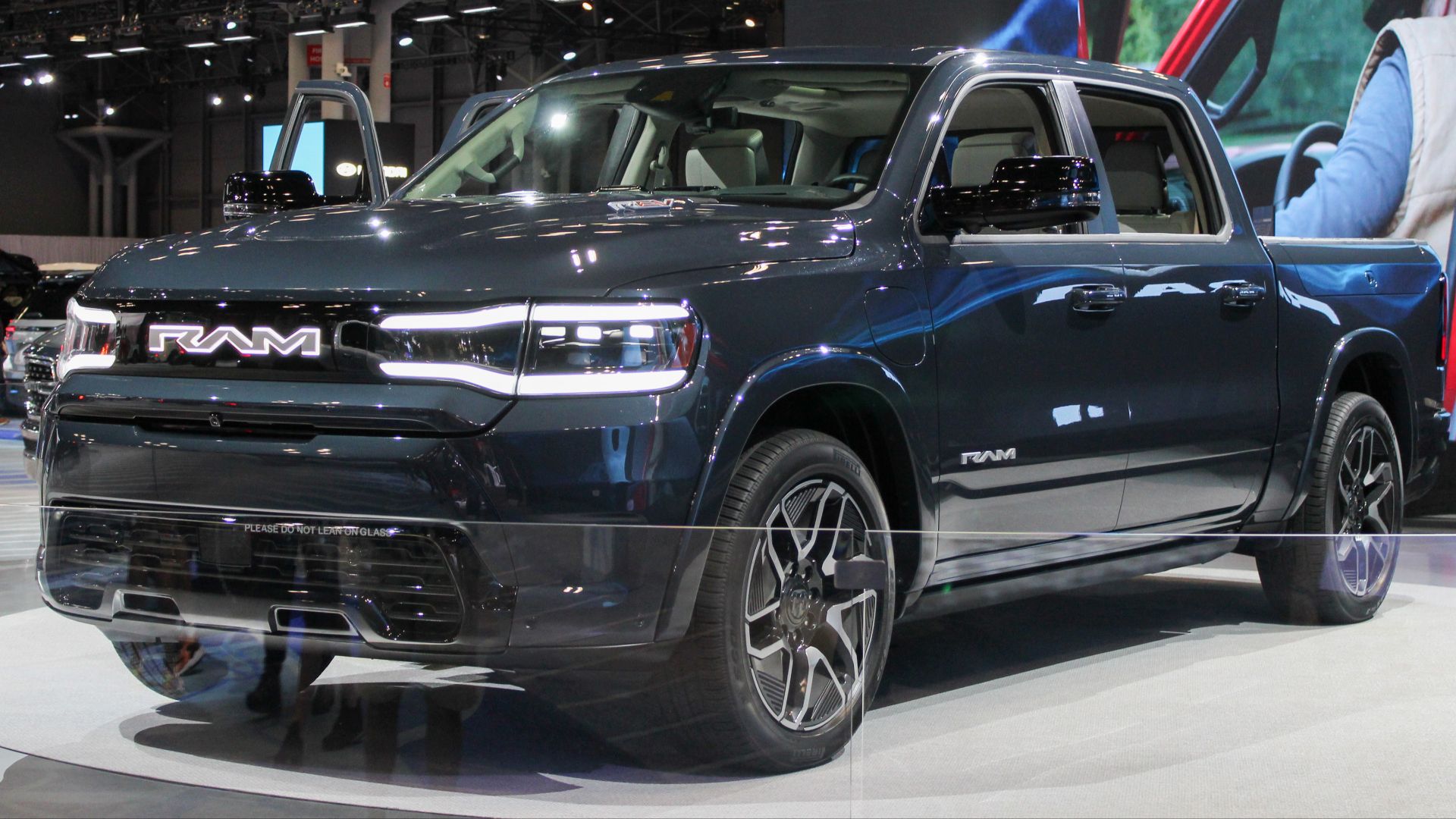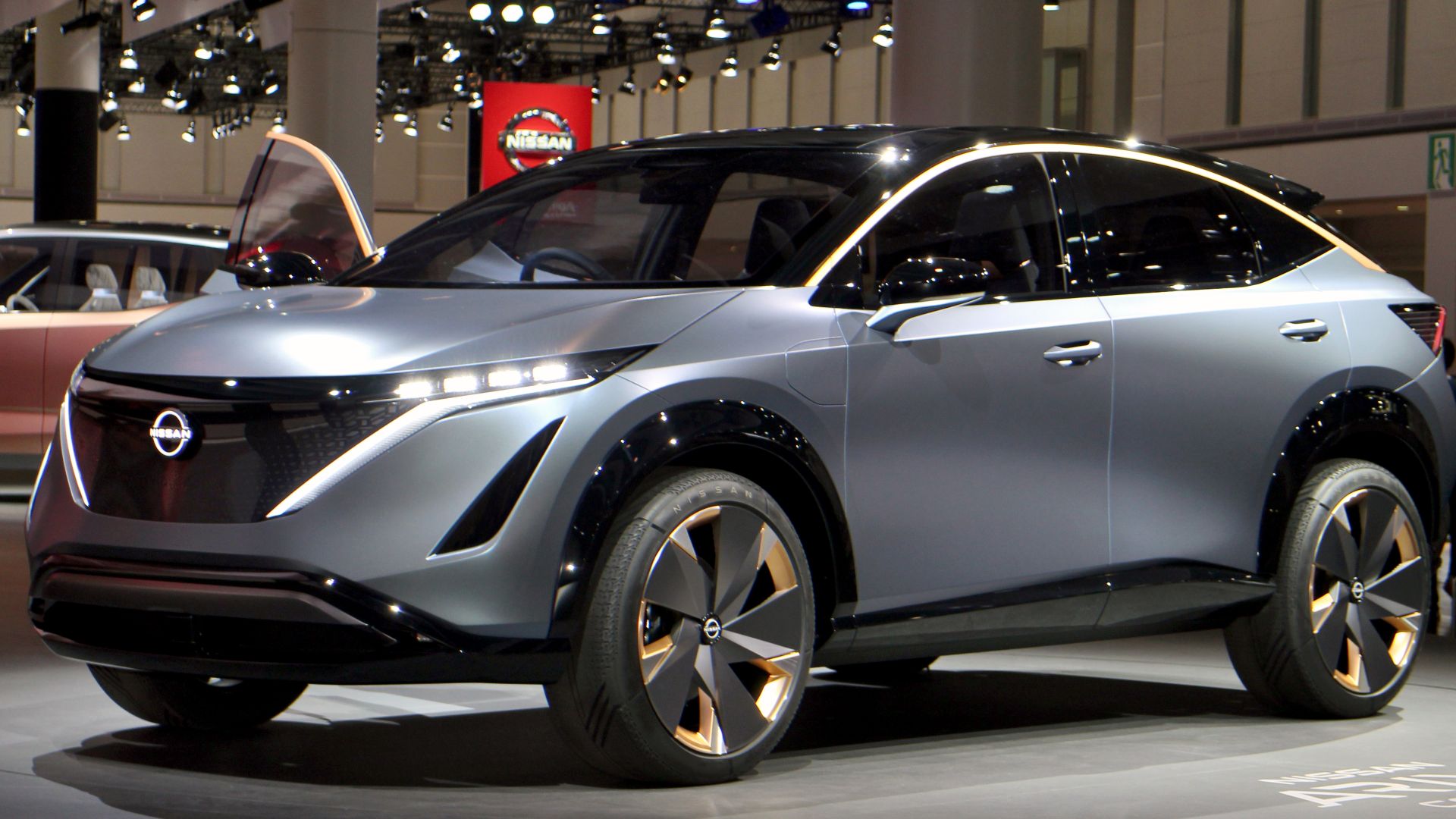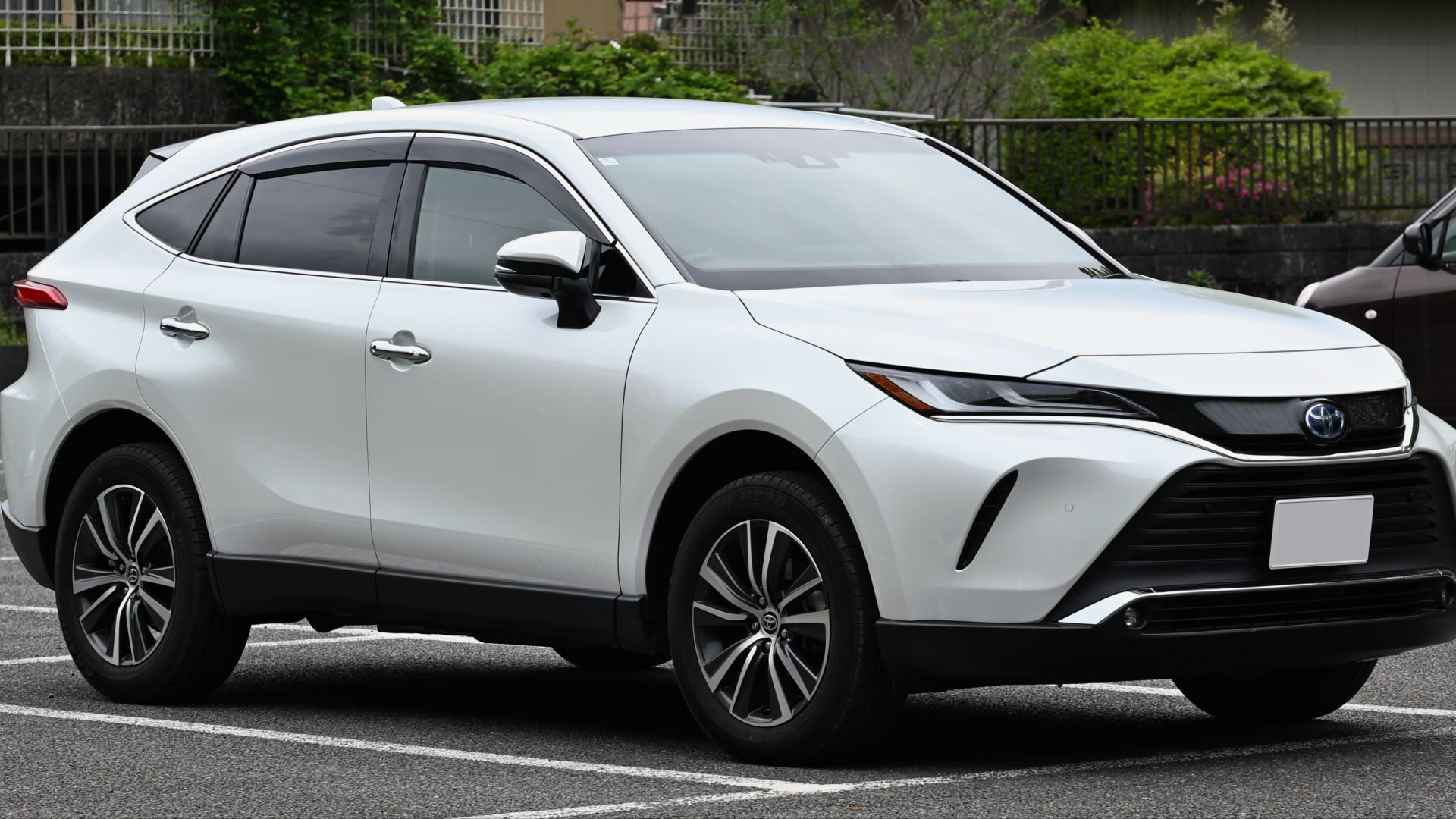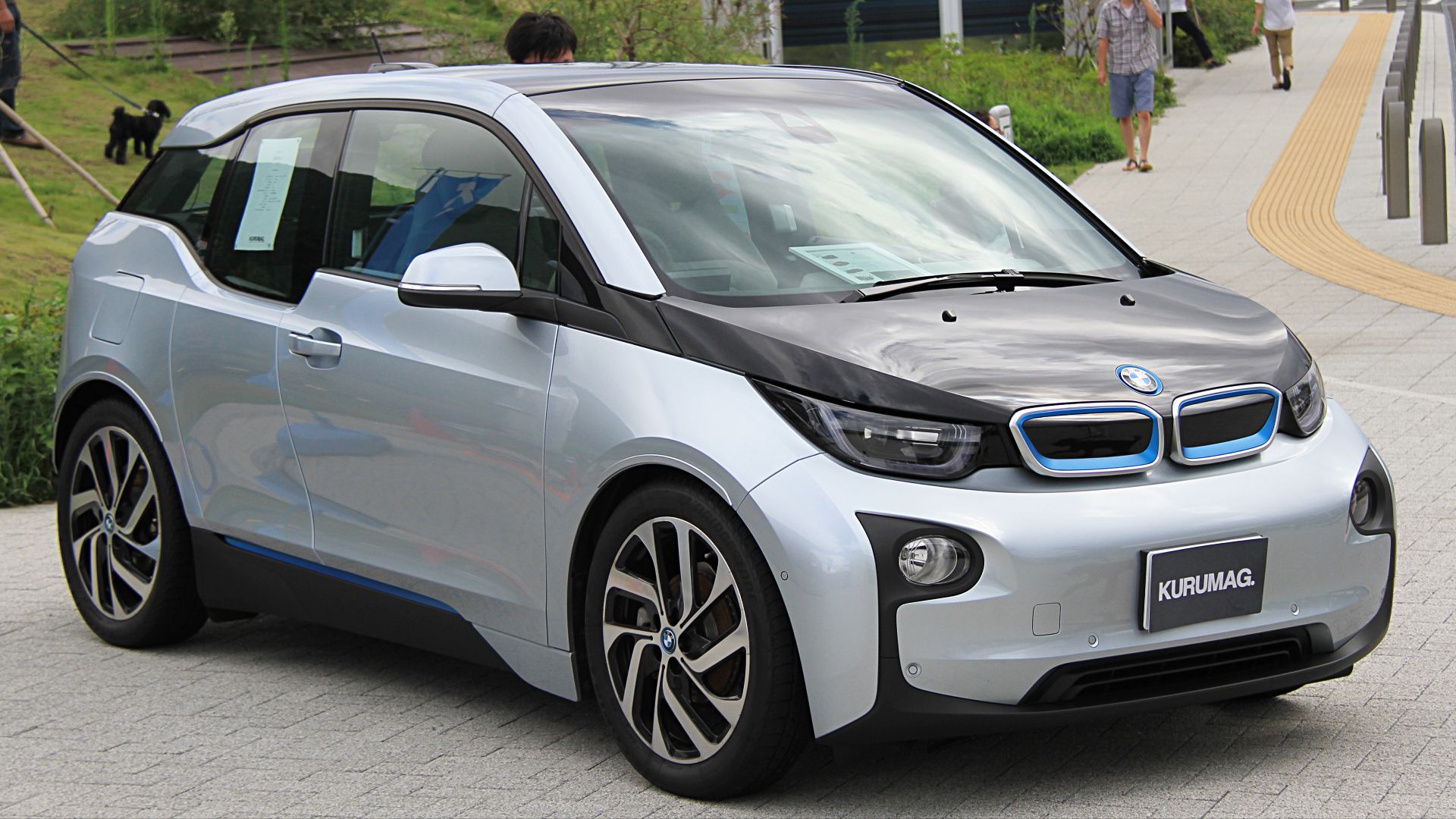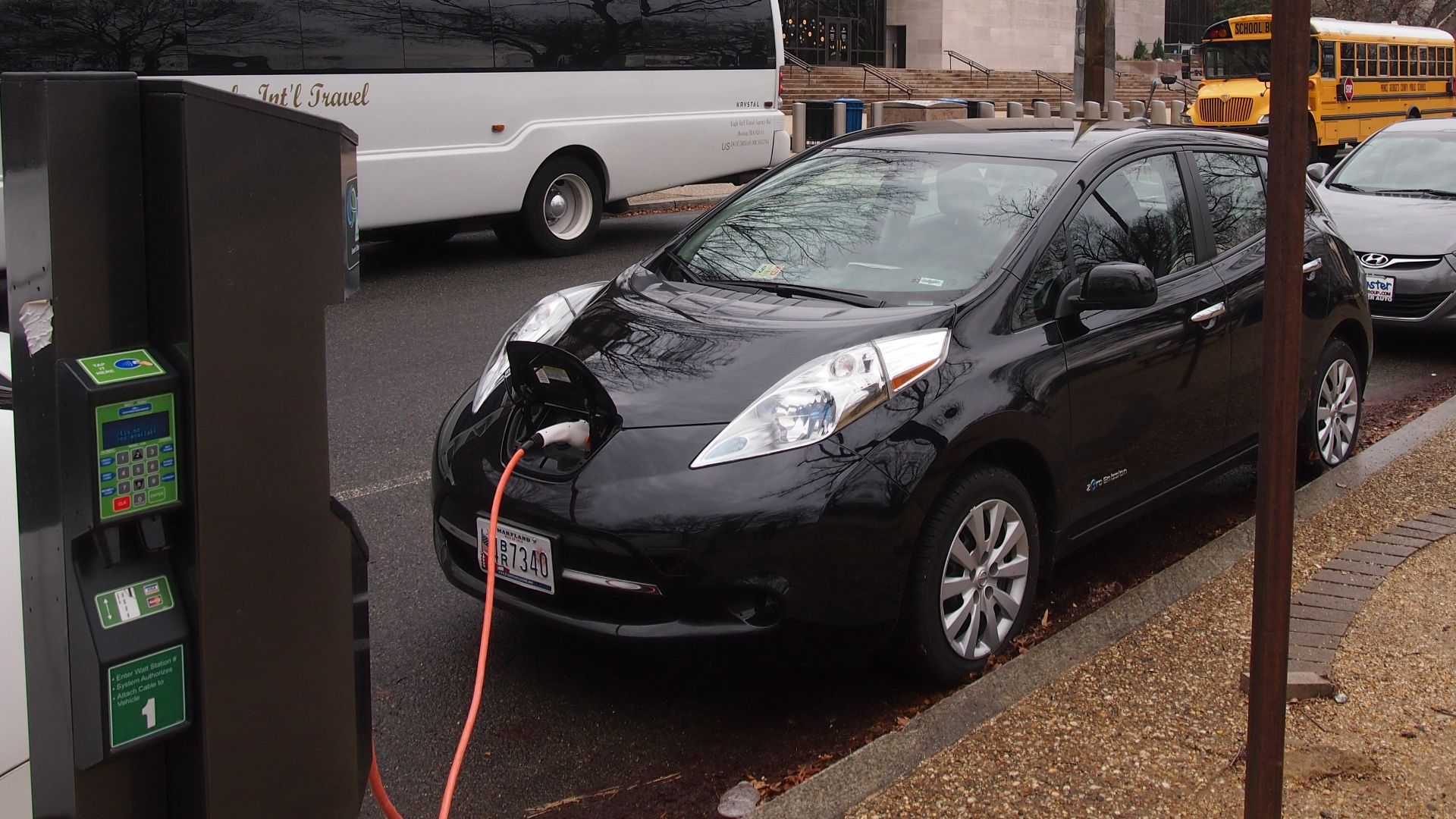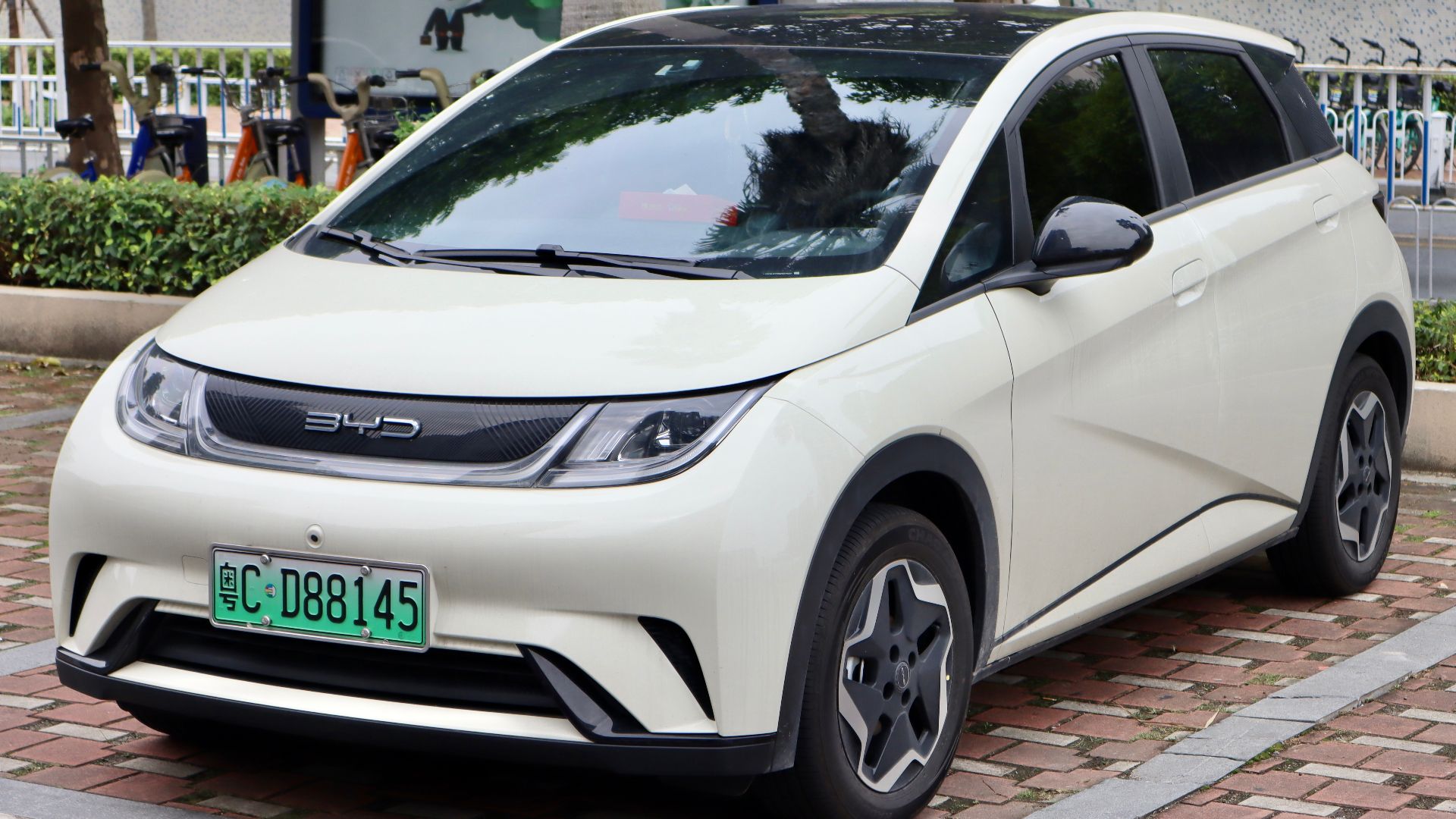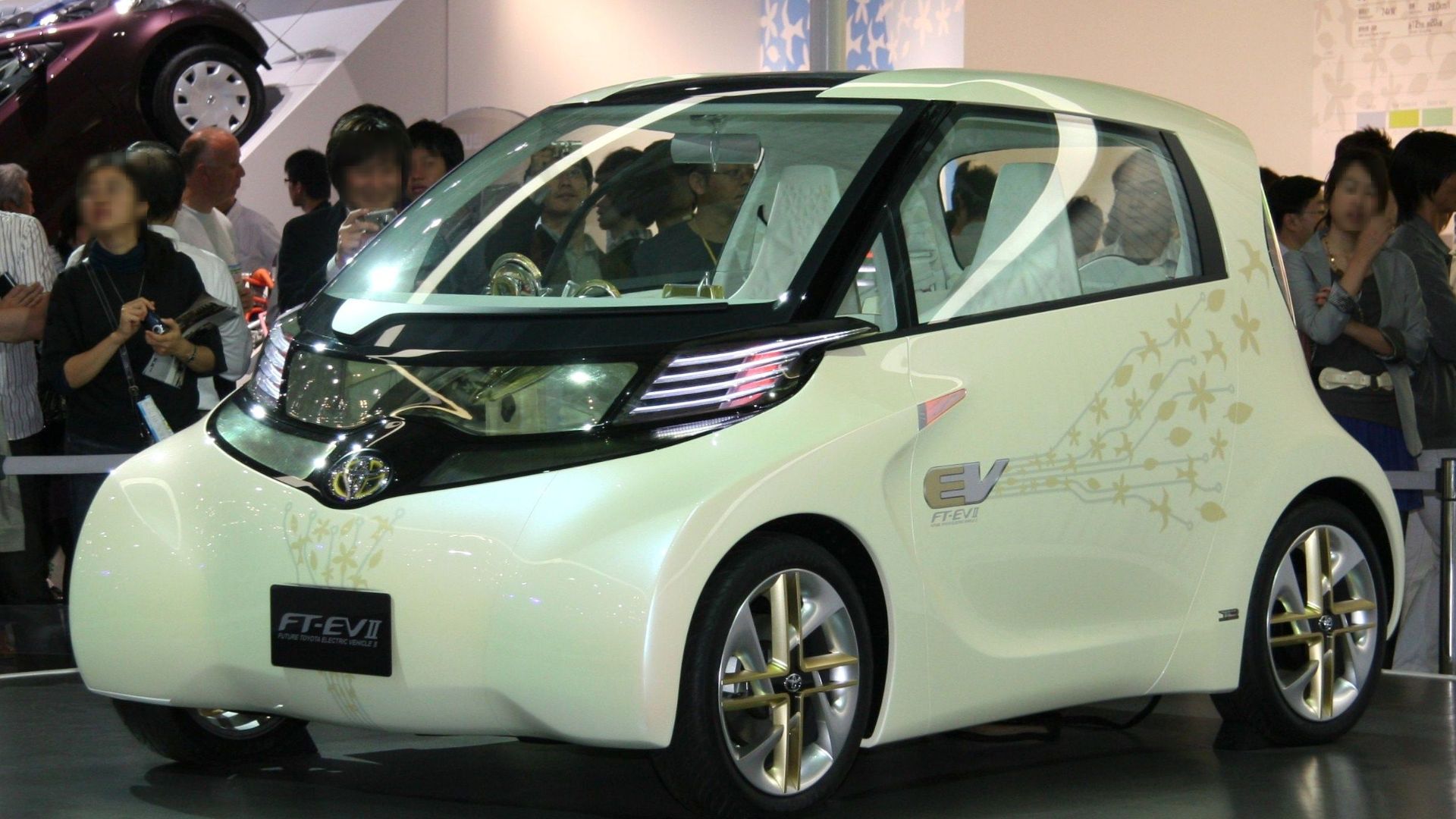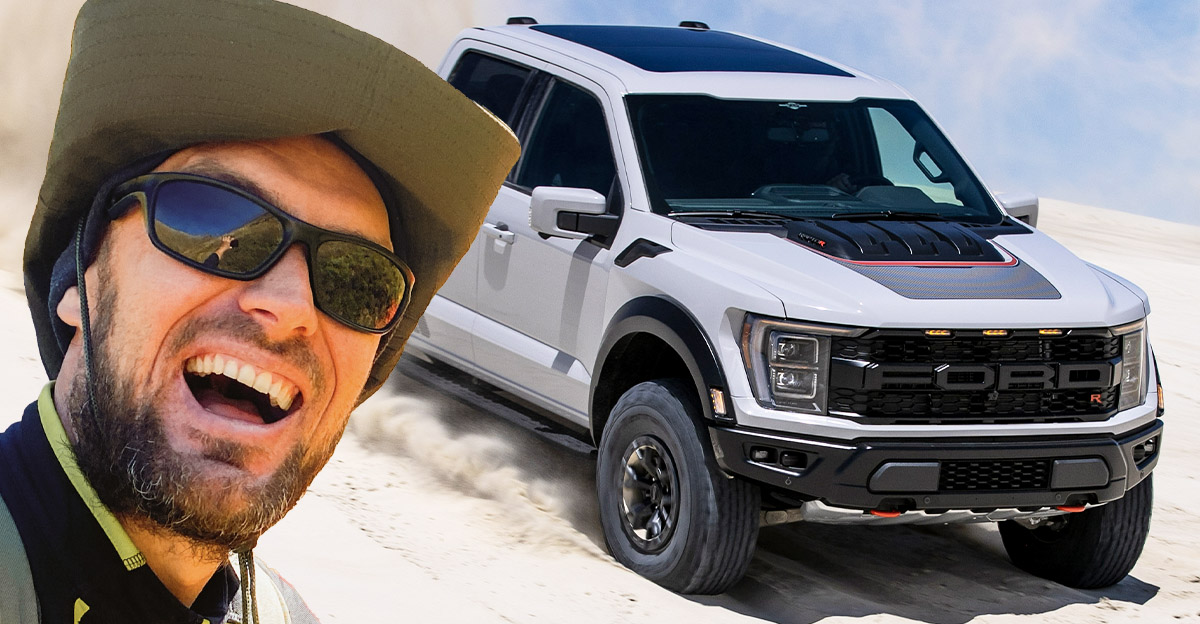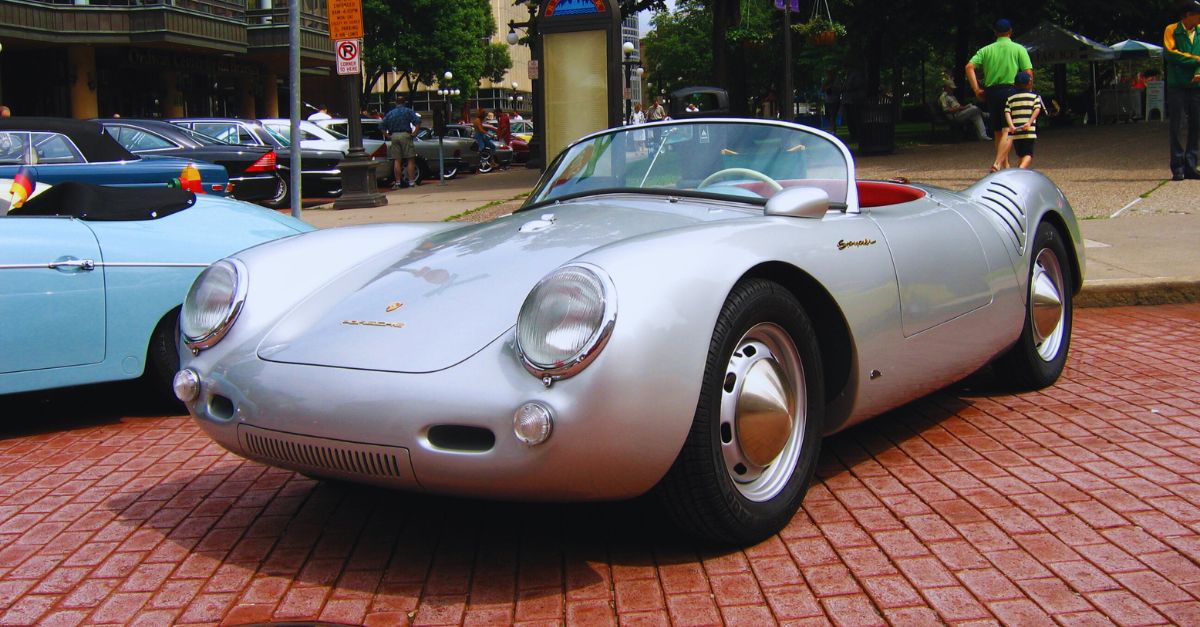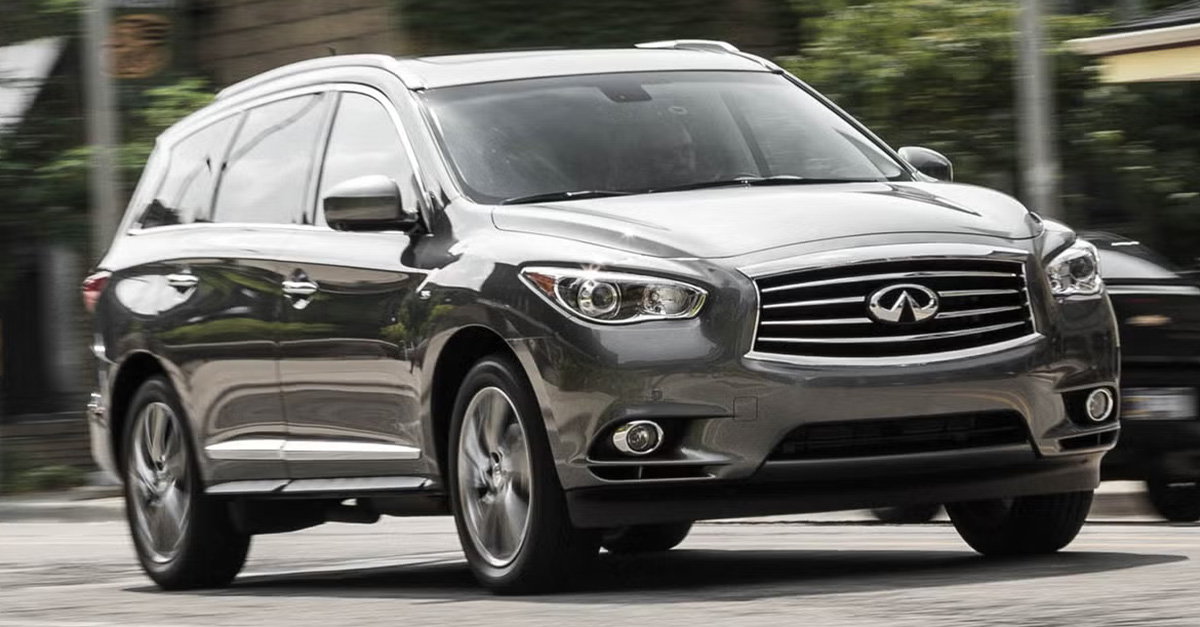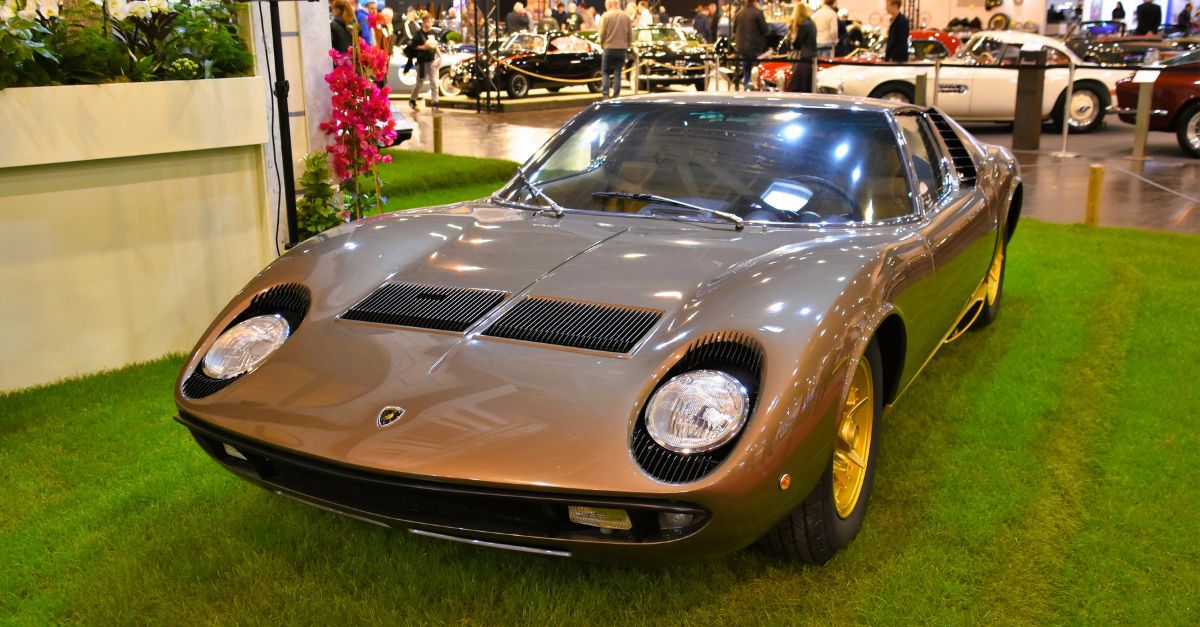The EV Revolution Slows
Electric vehicles were once heralded as the inevitable future of driving, yet the industry now finds itself hesitating. Major automakers that once promised bold transitions are delaying projects and leaning back into hybrids.
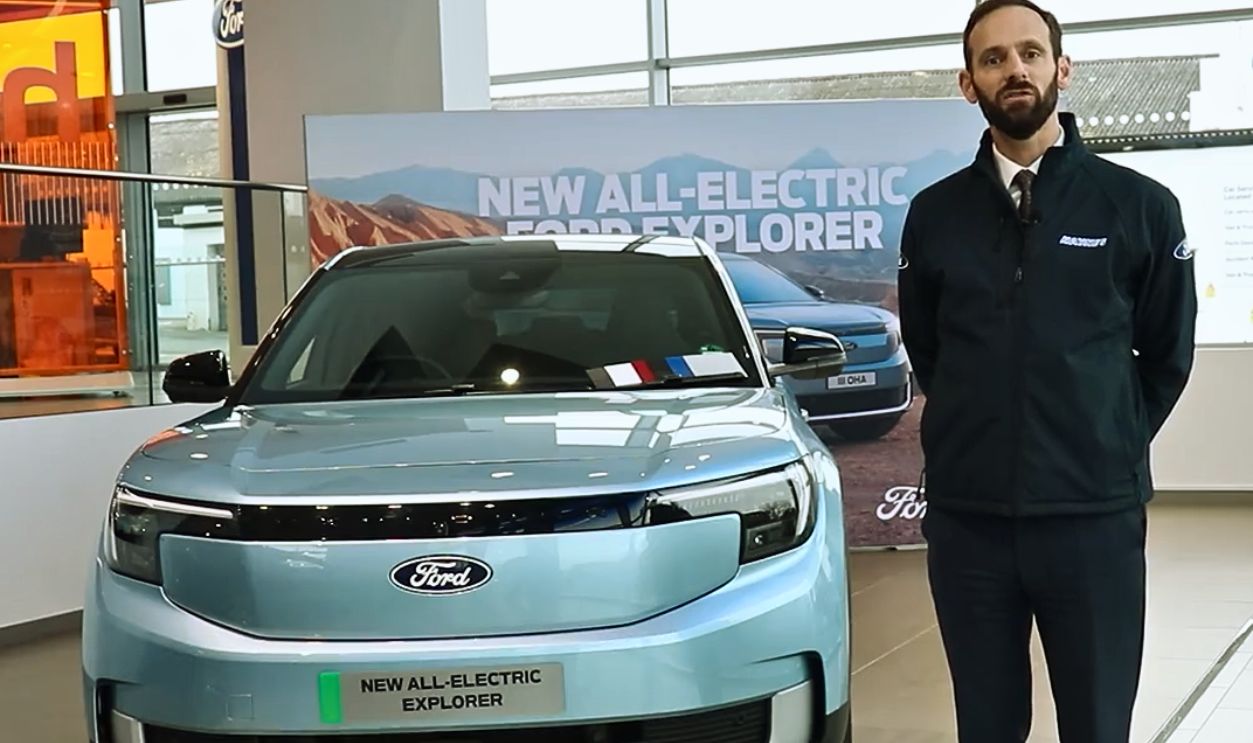
The Promise Of The EV Boom
EVs burst onto the global stage as a transformative solution for climate change and automotive innovation. Governments pledged emissions cuts and automakers raced to electrify. For consumers, EVs offered lower fuel costs, and charging infrastructure seemed to open a path to mass adoption.
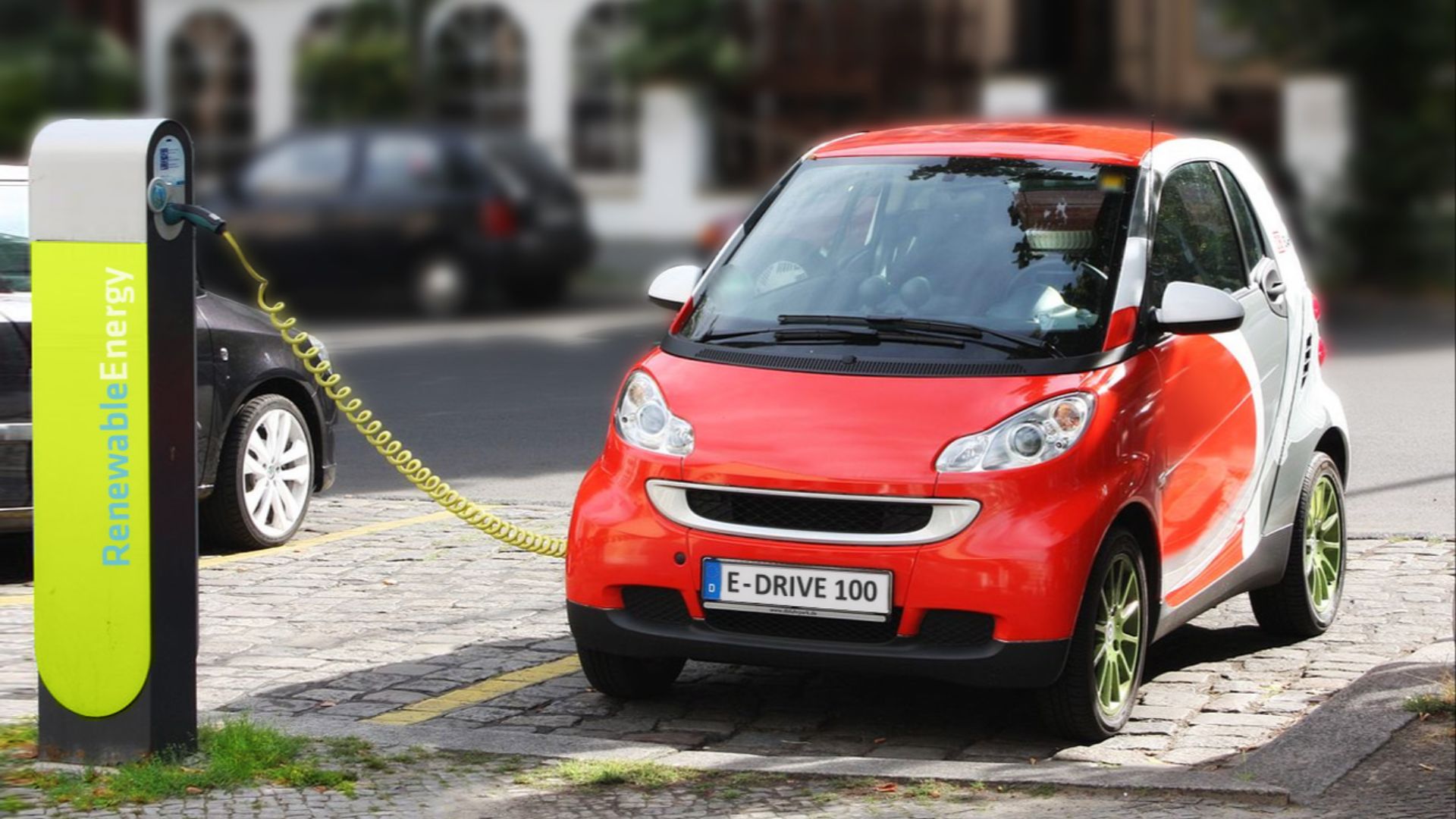 original: Michael Movchinedited by Felix Muller, Wikimedia Commons
original: Michael Movchinedited by Felix Muller, Wikimedia Commons
Big Names Bold Targets
Ford, General Motors, Volkswagen, Toyota, and others publicly committed to aggressive electrification roadmaps—often with target years to phase out internal combustion engines entirely. They projected billions in investments, new EV platforms, battery factories, and global EV model lineups. But ambition alone cannot guarantee the outcome.
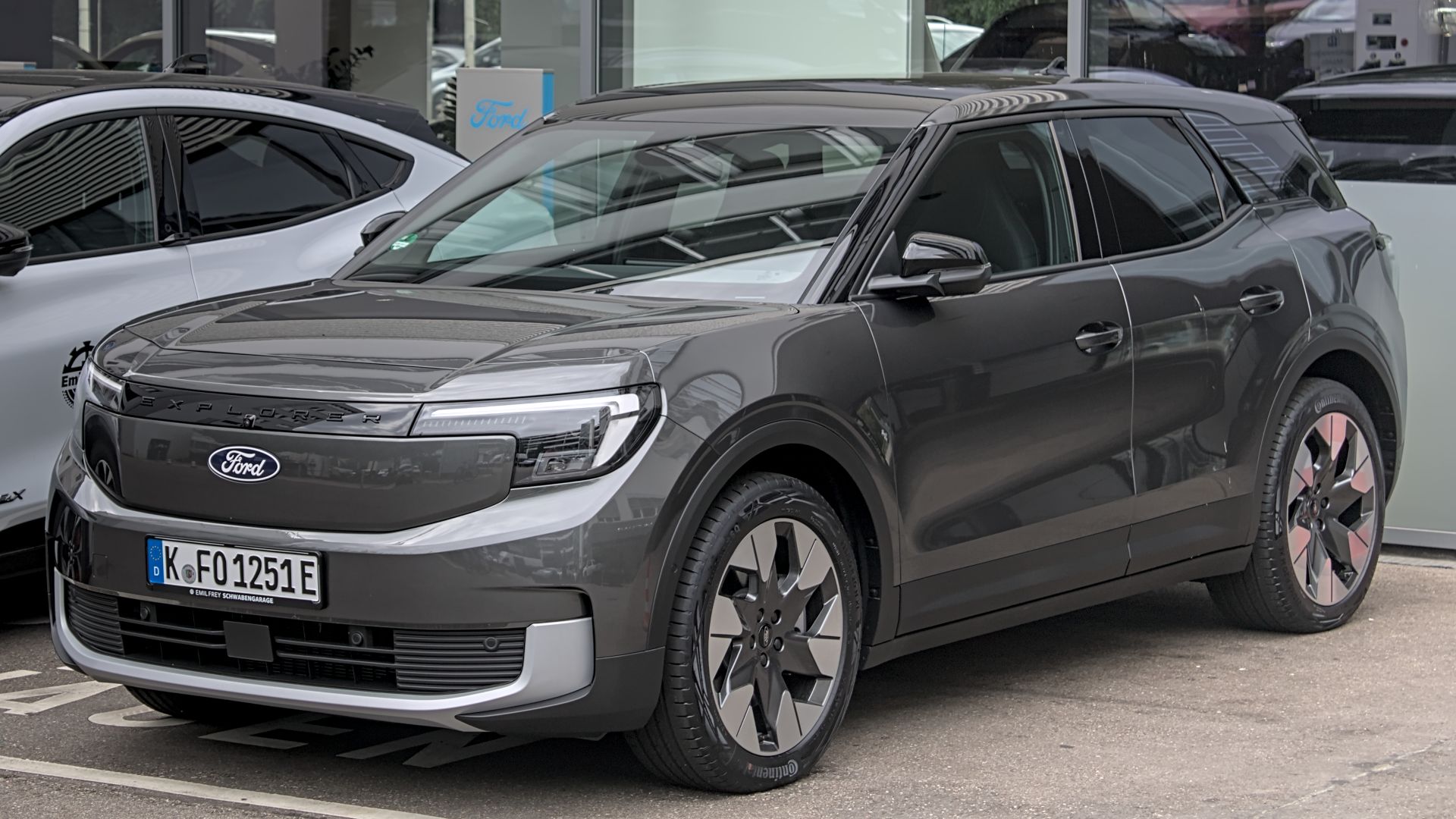 Alexander-93, Wikimedia Commons
Alexander-93, Wikimedia Commons
From Hype To Hesitation
After years of bullish forecasts and headline-making launches, the EV narrative now faces growing uncertainty. Sales growth has cooled, and some consumers report buyer’s remorse over cost or charging access. Meanwhile, governments are reassessing incentives and regulatory timelines. That shift is prompting automakers to reconsider whether their original EV timetables remain viable.
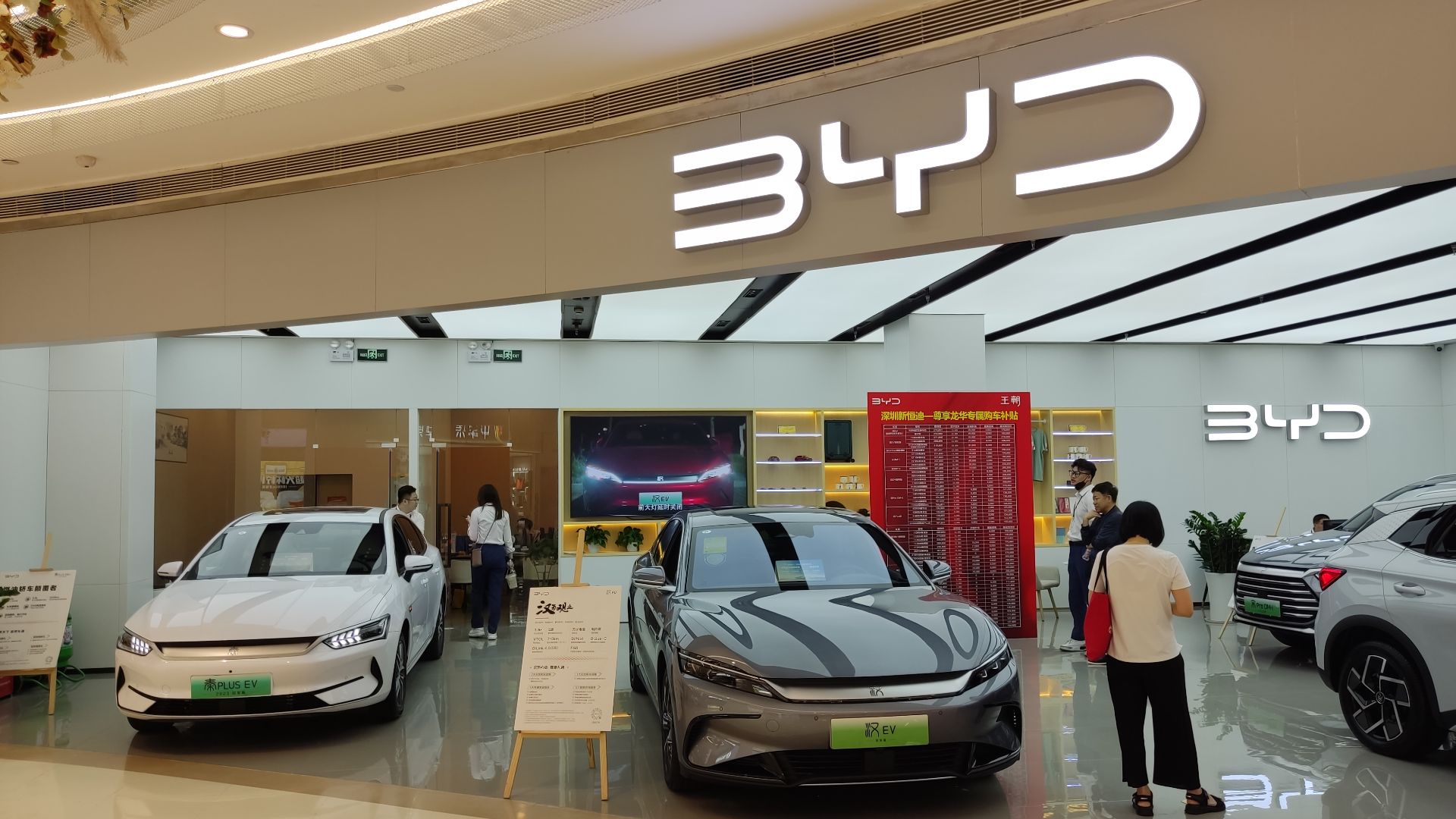 EEYAUT Waihung, Wikimedia Commons
EEYAUT Waihung, Wikimedia Commons
Ford’s Delayed EV Truck And Van Plans
Ford originally positioned its electric pickup and van programs as marquee bets to win over volume buyers. But recent announcements push key projects out to 2028, shifting focus to lower-cost EVs instead. The company appears to be rethinking timelines in response to weak demand and tighter margins.
Not Fully Canceled
Rather than sacrifice profitability, it is prioritizing vehicles with stronger margin prospects and scaling more cautiously. While Ford retains long-term EV aspirations, delaying heavyweight investments buys breathing room. That kind of flexibility may be a survival tactic in a volatile market.
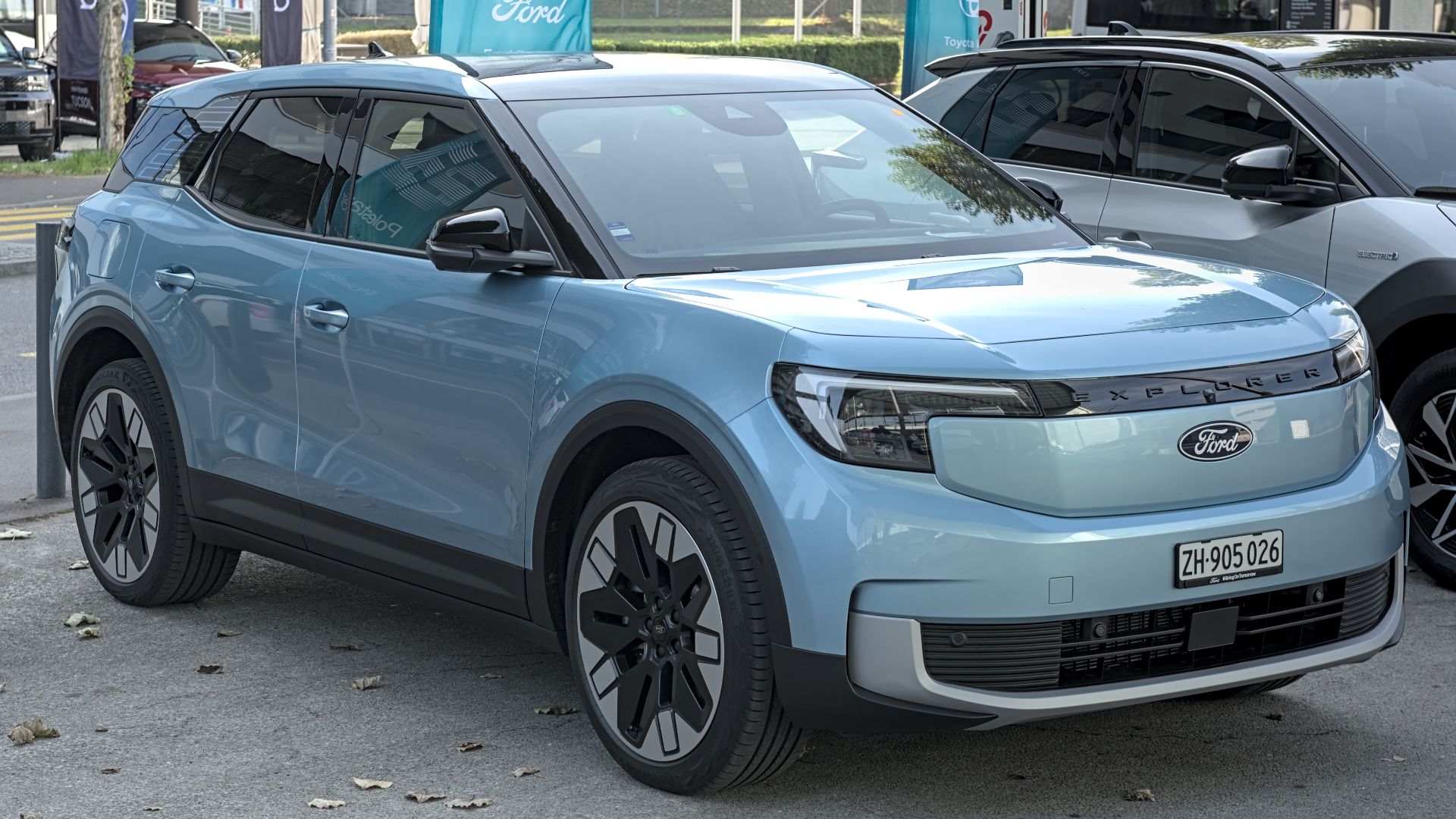 Alexander-93, Wikimedia Commons
Alexander-93, Wikimedia Commons
GM’s Shift Back Toward Gas And Hybrids
The earlier GM roadmap anticipated a full transition to EVs by 2035, but recent moves suggest a more gradual approach. The company has redirected billions into gasoline and hybrid vehicle production, signaling that its all-electric vision may be conditional on sustained policy support and consumer adoption.
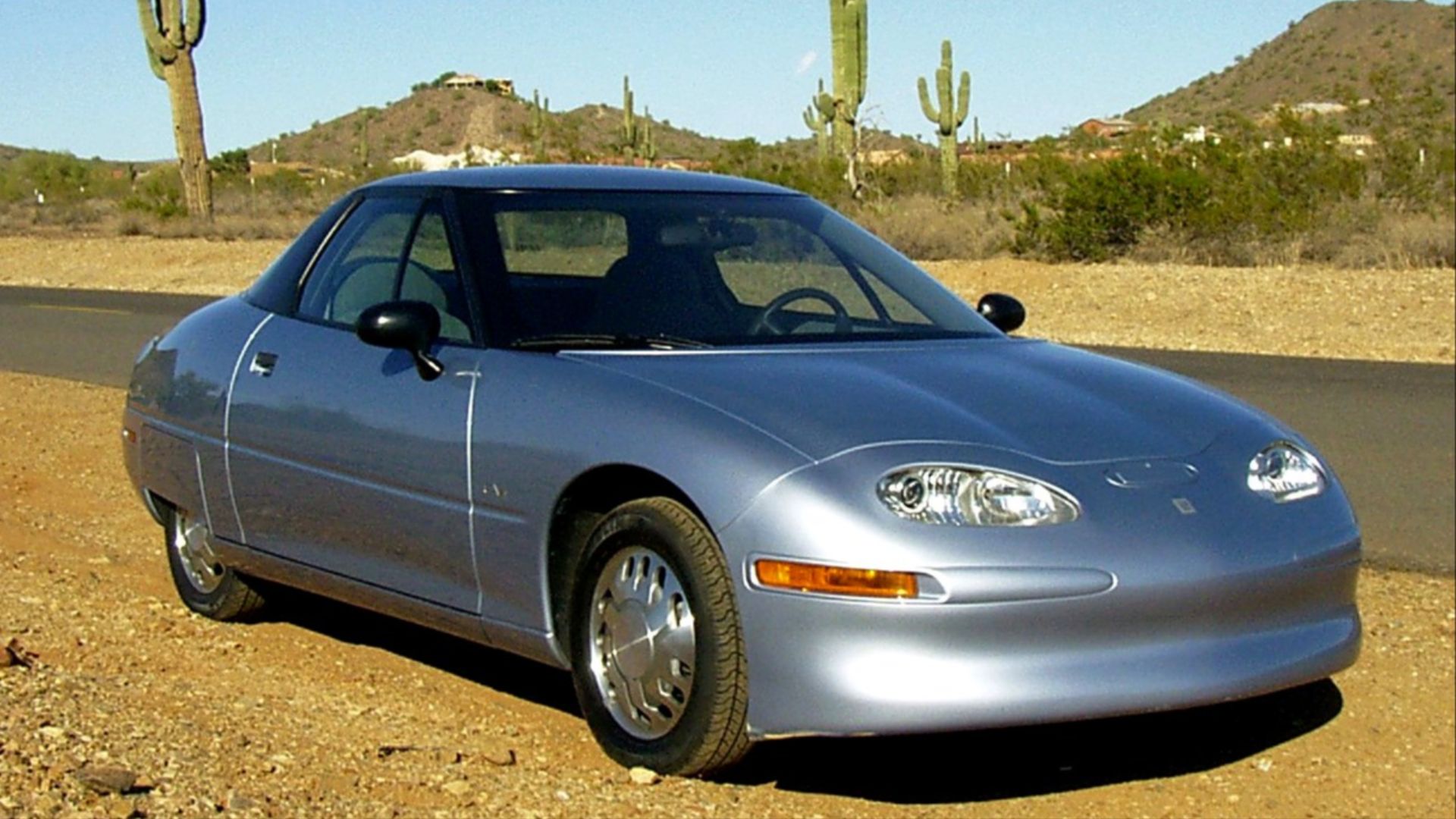 RightBrainPhotography (Rick Rowen), Wikimedia Commons
RightBrainPhotography (Rick Rowen), Wikimedia Commons
Cost Pressures Are The Culprit
Such a pivot reflects a pragmatic response to weakening incentives and cost pressures: rather than burn cash chasing idealistic targets, GM is balancing between EVs and conventional powertrains. It continues to develop electric trucks and crossovers, but its tone now acknowledges that the future may not be purely electric.
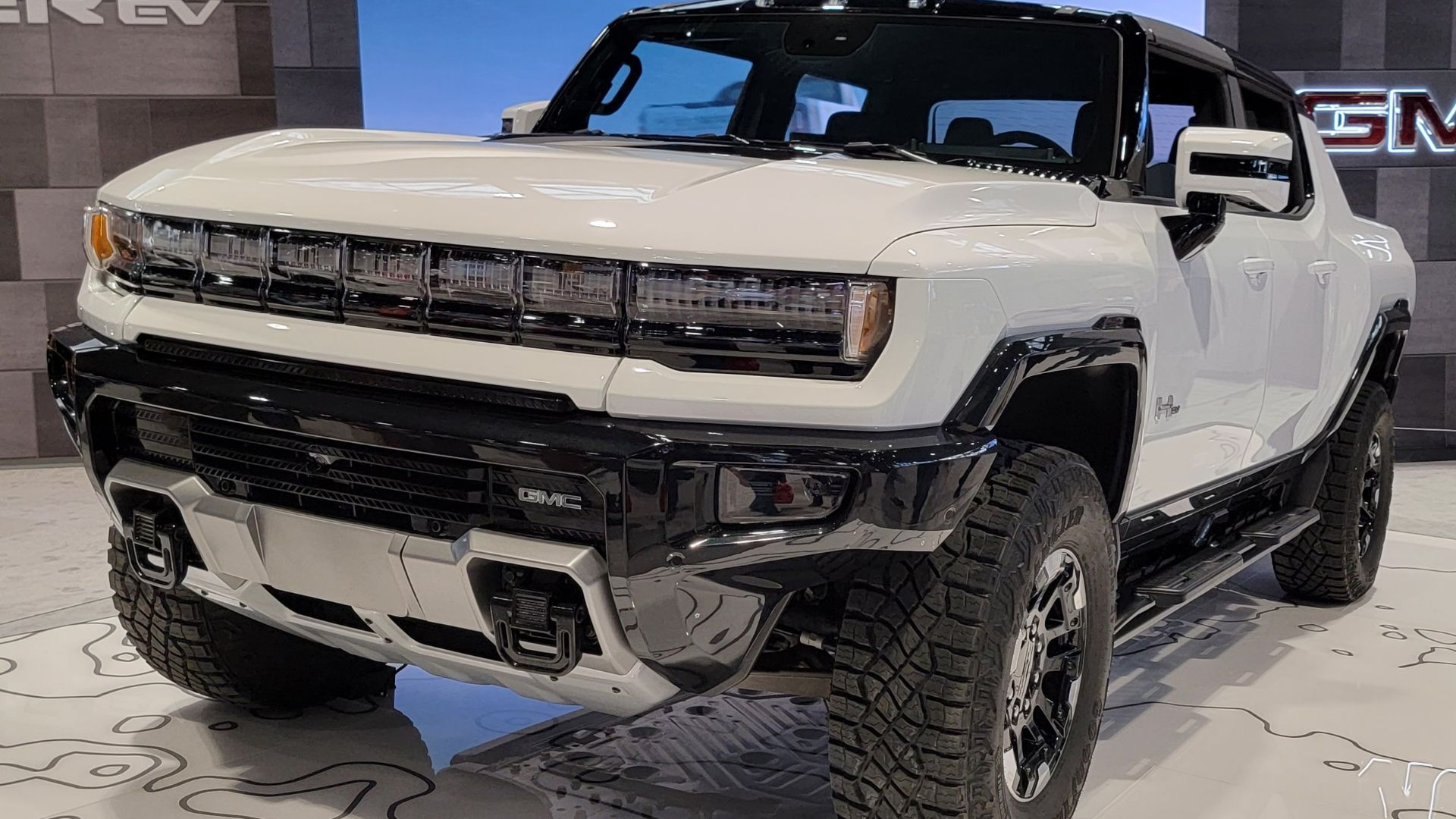 UltraTech66, Wikimedia Commons
UltraTech66, Wikimedia Commons
Volkswagen Hits The Brakes
As demand softened, Volkswagen has pulled back sharply on its EV expansion. The company is pausing production at key EV plants in Germany, including its Zwickau and Emden factories, because of weak battery-vehicle sales.
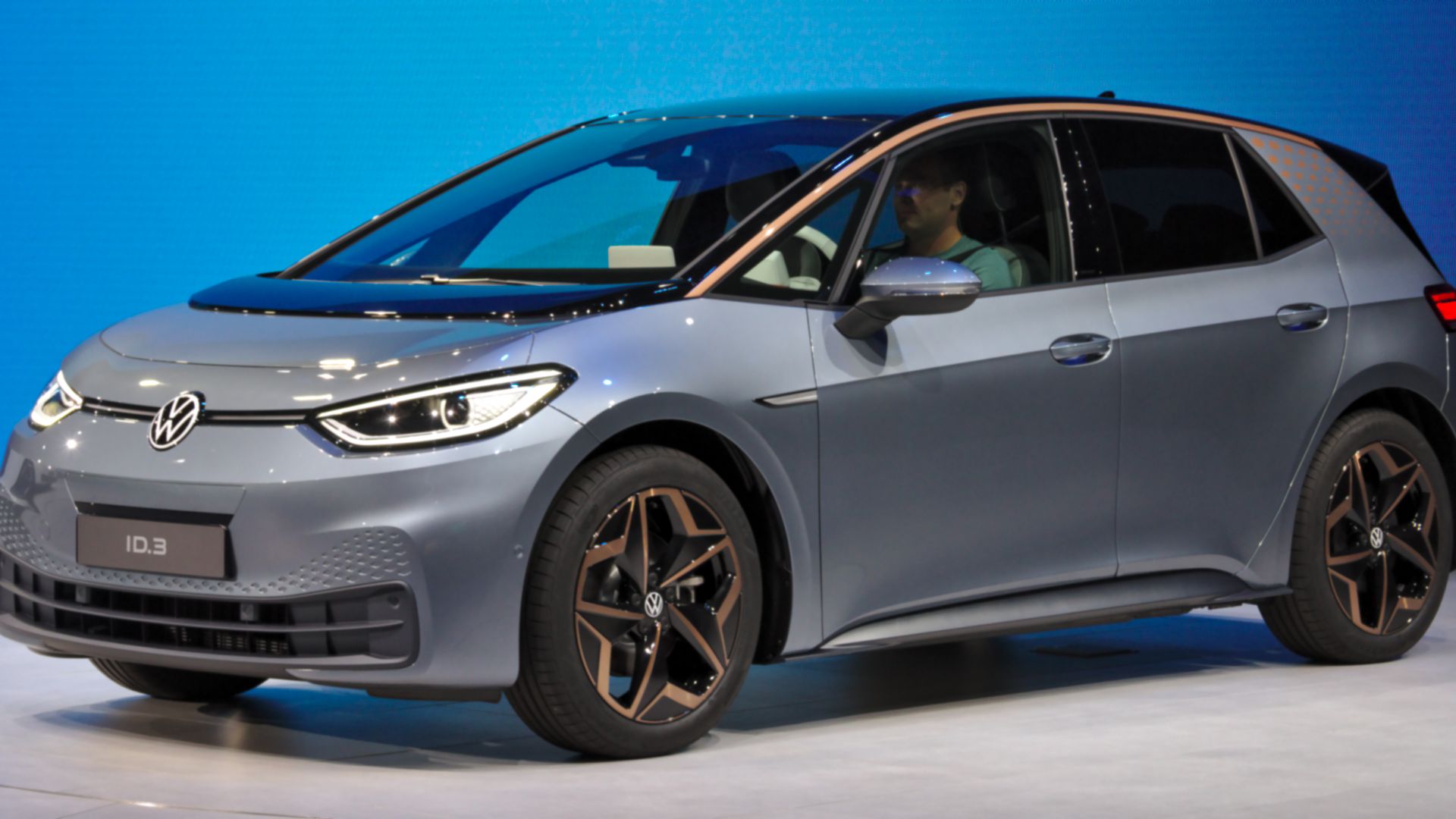 Alexander Migl, Wikimedia Commons
Alexander Migl, Wikimedia Commons
Many Models Are Put On Hold
Simultaneously, VW is delaying launches of entry-level electric models like the ID Golf/ID 2 and pushing out its SSP (Scalable Systems Platform) timeline toward the early 2030s. These steps suggest VW is recalibrating its EV roadmap amid economic headwinds rather than abandoning electrification entirely.
Honda Focuses On Hybrids
Hybrids seem to win over Honda’s EV ambitions. The automaker has slashed EV investment by about 30% and canceled development of some all-electric models, such as its GM Ultium-based SUV. Instead, Honda intends to launch 13 new hybrid models by 2027.
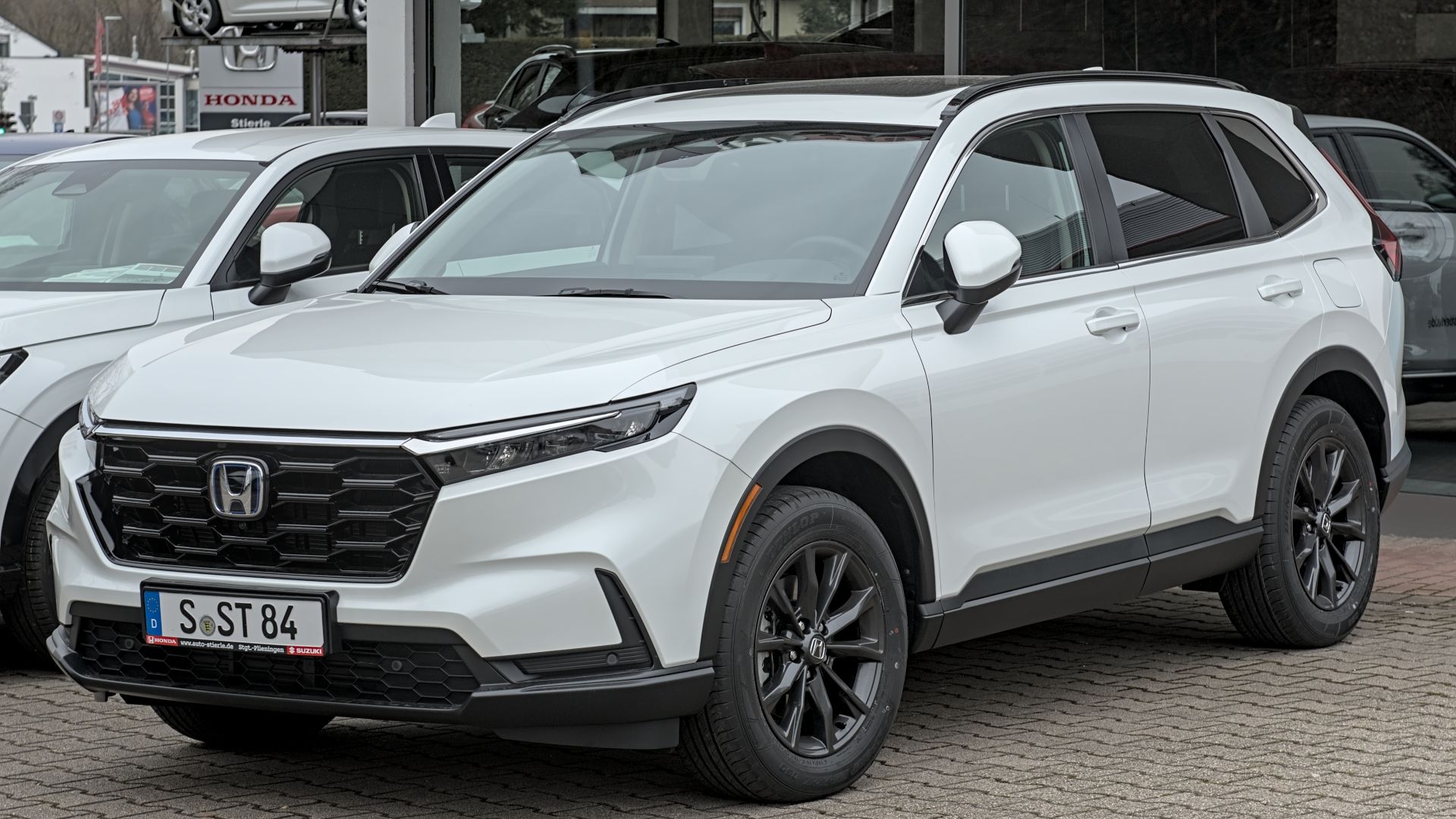 Alexander Migl, Wikimedia Commons
Alexander Migl, Wikimedia Commons
For More Profitability
The company is anticipating a boost in hybrid sales to over 2 million annually by 2030. While maintaining long-term EV goals, the shift underscores caution: hybrids provide margin stability and less exposure to charging infrastructure risks.
 Dinkun Chen, Wikimedia Commons
Dinkun Chen, Wikimedia Commons
Toyota’s EV Delay Strategy
Toyota is pushing back its US electric vehicle plans. Originally slated to begin US EV production in late 2025, the launch has now been postponed to the first half of 2026. At the same time, Toyota continues to build its hybrid and plug-in hybrid portfolio, signaling that full EV adoption may arrive more gradually than earlier projected.
Ram Rethinks EV Ambition
As part of Stellantis, Ram has repeatedly delayed and ultimately canceled its fully electric pickup, the Ram 1500 REV. The launch was pushed to 2026 and then scrapped altogether amid weakening BEV demand. Instead, Ram is prioritizing its “Ramcharger” extended-range model, which blends battery and gasoline components.
Nissan’s Slowed Crossover Plans
Amid rising production costs and uneven demand for battery-electric vehicles, Nissan has decided to postpone the launch of two key electric crossovers originally planned for its Mississippi plant while focusing on hybrid technology for the short term.
As The Market Isn’t Growing Fast Enough
The delays also reflect industry-wide caution about scaling EV production faster than the market can absorb. While Nissan still envisions an established electric lineup later in the decade, it appears determined to pace its rollout in line with real-world demand and the availability of charging infrastructure.
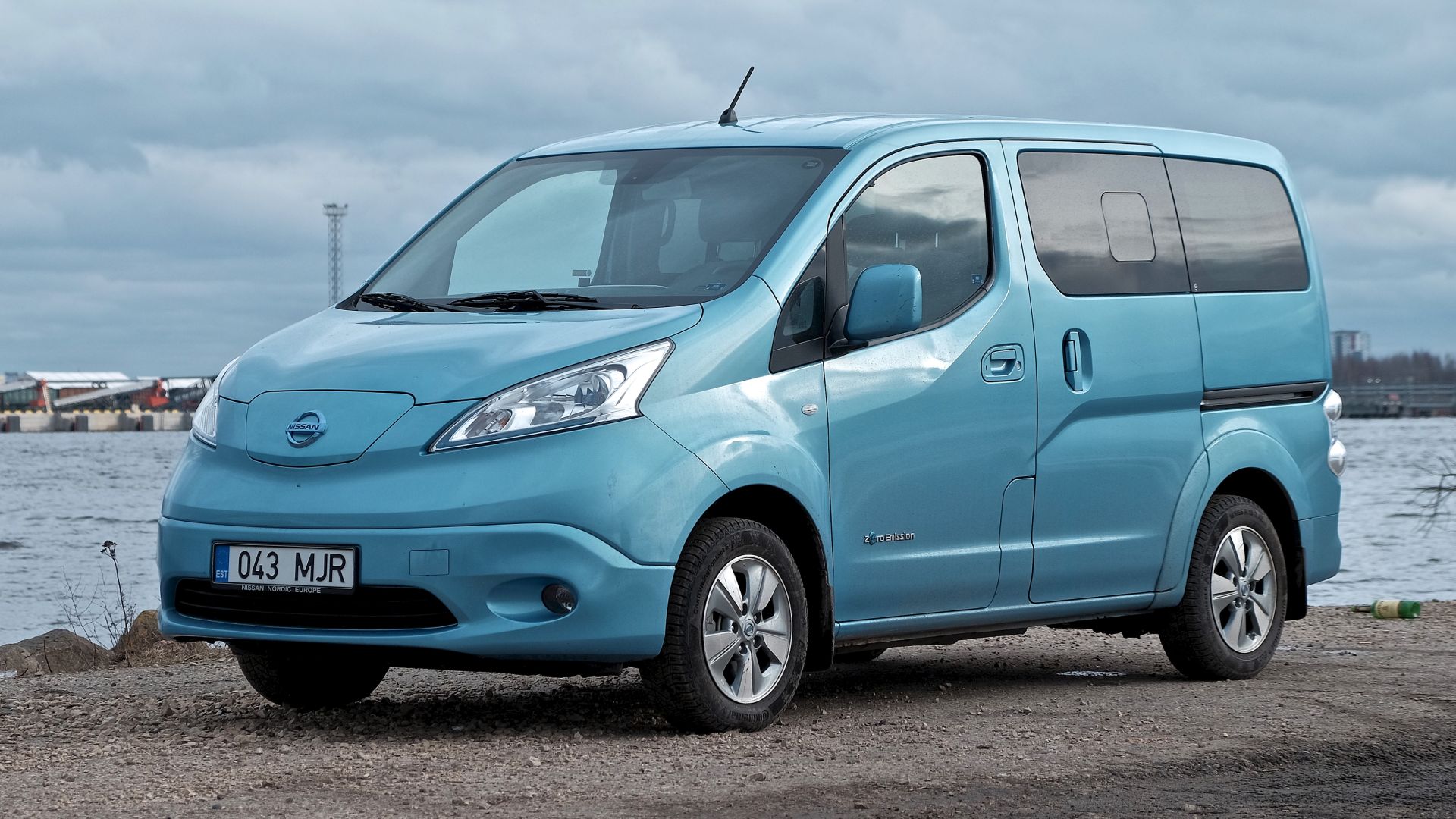 Karlis Dambrans from Latvia, Wikimedia Commons
Karlis Dambrans from Latvia, Wikimedia Commons
Luxury Brands Rebalance Ambitions
In the premium segment, the drive toward full electrification has softened as profitability and consumer sentiment take precedence. Several high-end manufacturers are extending their hybrid offerings while slowing or canceling new EV projects.
To Meet Buyers’ Expectations
Porsche scaled back a planned electric SUV, Bentley delayed its full transition to electric powertrains, Audi introduced new combustion-engine SUVs despite earlier pledges, and Volvo added new hybrid programs. These shifts reflect the need to meet luxury buyers’ expectations for range and convenience, while balancing the cost and pace of new technology adoption.
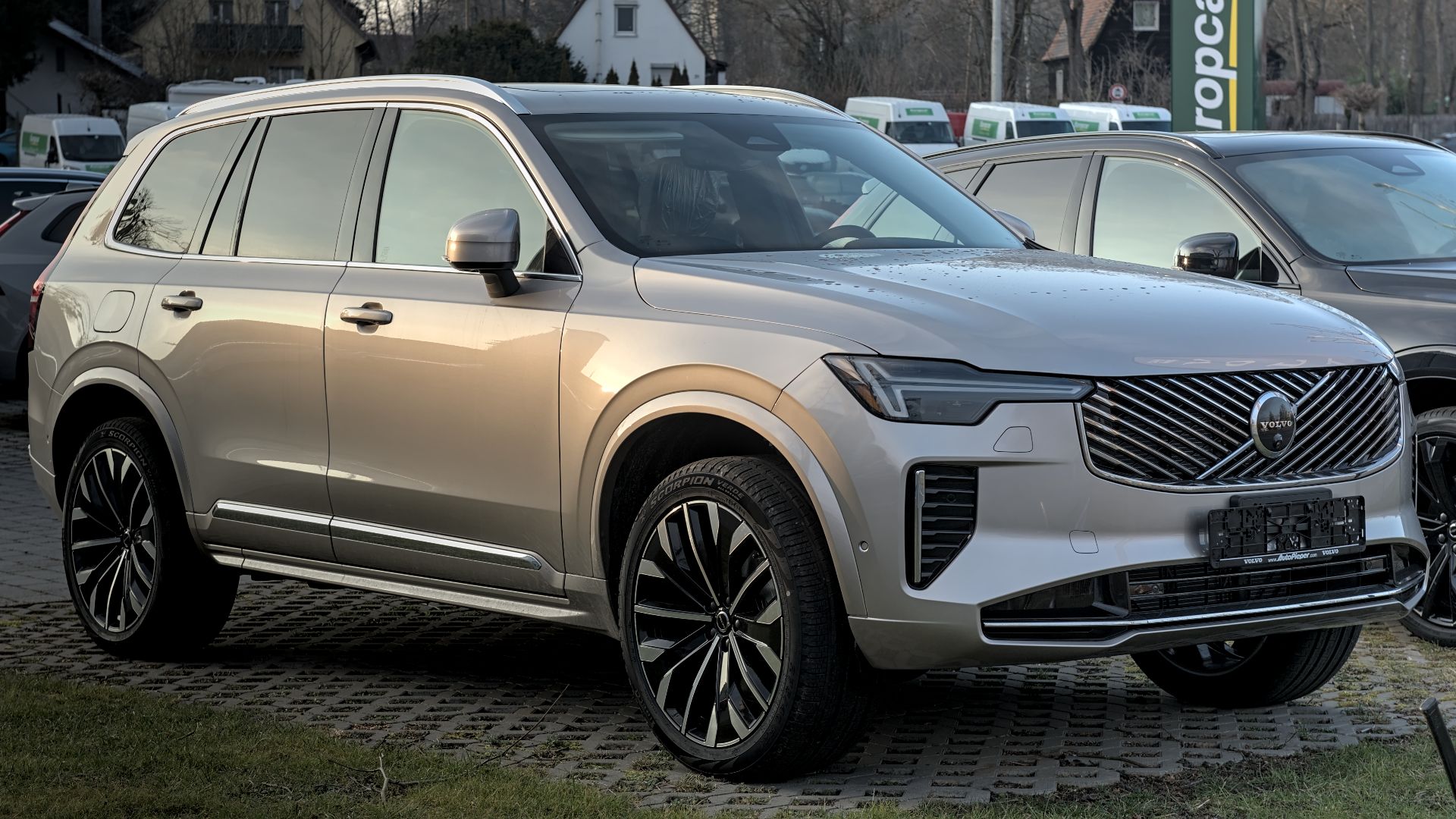 Alexander Migl, Wikimedia Commons
Alexander Migl, Wikimedia Commons
On A Wider Scale
Multiple legacy automakers have also trimmed back its electric ambitions. German companies such as BMW and Mercedes-Benz have moderated factory investments and introduced longer hybrid transition timelines. Brands under Stellantis, including Jeep and Ram, have opted for more flexible powertrain strategies instead of full electrification.
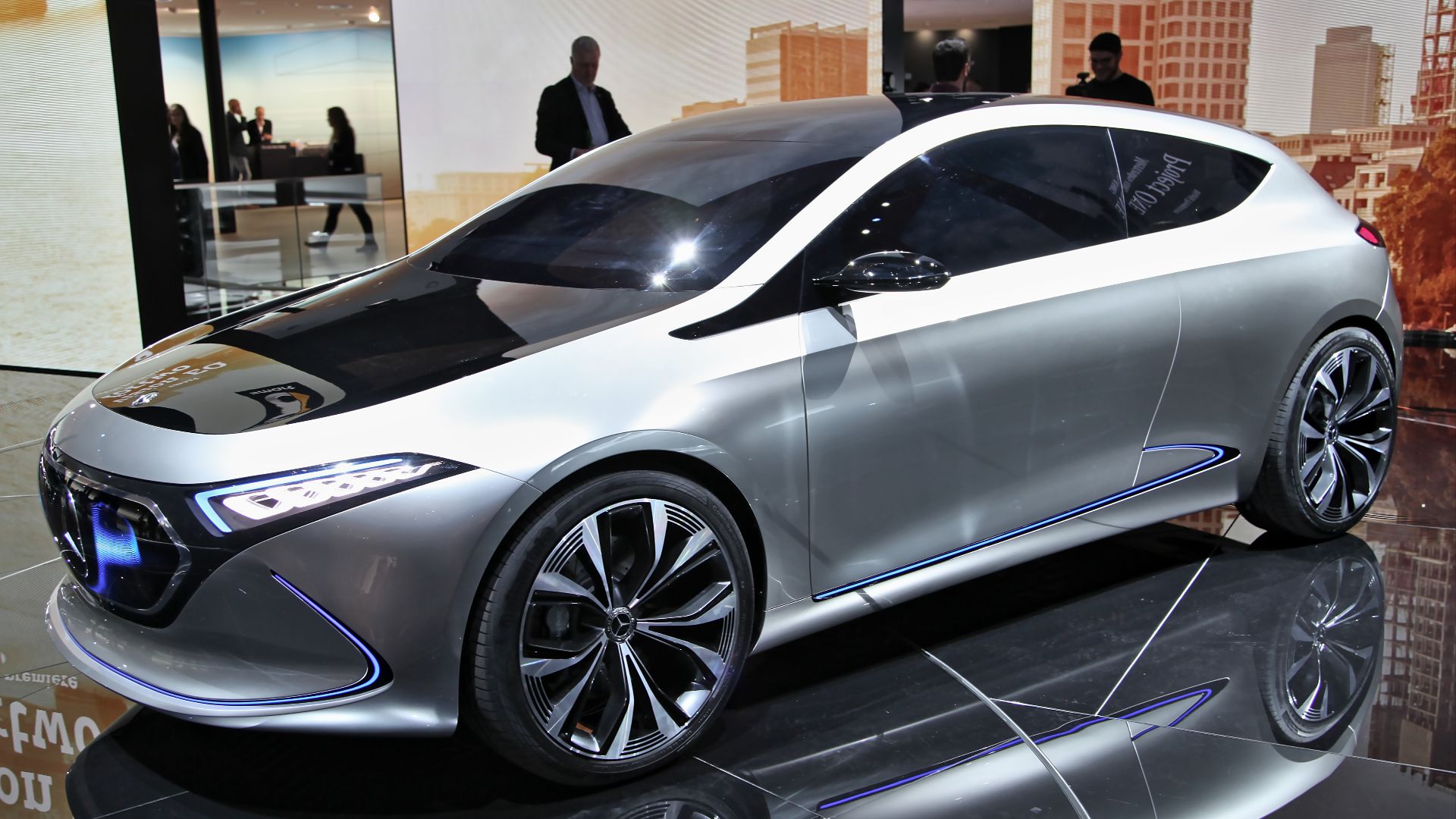 Alexander Migl, Wikimedia Commons
Alexander Migl, Wikimedia Commons
Even In Europe
European marques like Opel and Vauxhall are likewise adjusting their targets. These moves highlight an emerging consensus across much of the industry: progress toward electrification will continue, but at a steadier, more financially sustainable pace rather than the breakneck shift once anticipated.
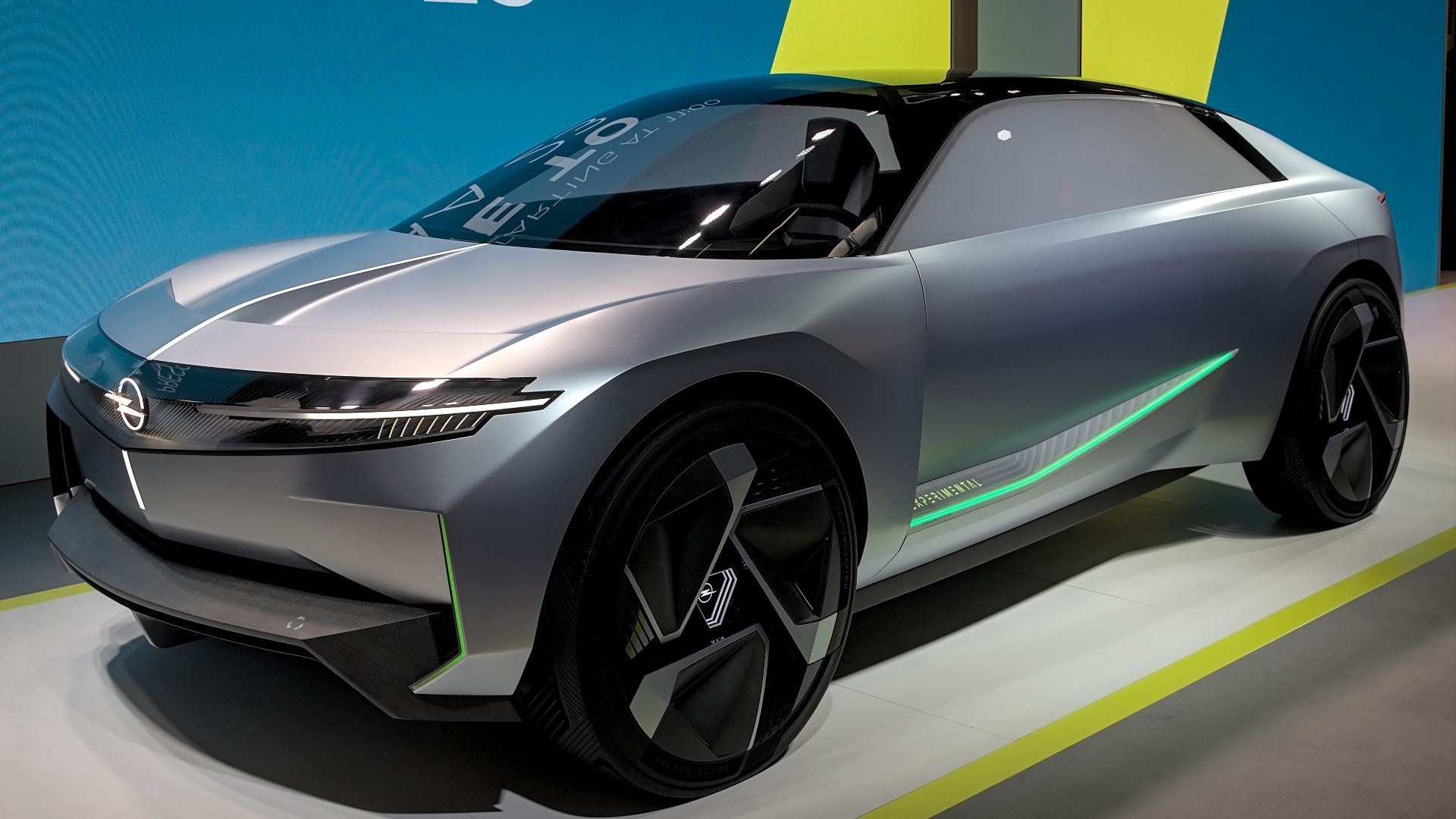 Alexander-93, Wikimedia Commons
Alexander-93, Wikimedia Commons
Why Did The EV Push Stall?
With all of this going on, many ask why it happened. The slowdown stems from a convergence of economic, technological, and policy challenges. Consumer interest cooled as early adopters were satisfied, while mainstream buyers hesitated over price and infrastructure availability.
Batteries Play A Role
Supply chain disruptions, especially for battery minerals, raised production costs, squeezing automakers’ margins. Government incentives in several markets were reduced or restructured, weakening demand. Moreover, infrastructure has not kept pace with adoption goals, especially in rural and suburban areas.
Regional Contrasts
Approaches to electrification now diverge across major regions. In the United States, political shifts and fluctuating tax credits have created uncertainty, prompting automakers to hedge bets with hybrids and conventional vehicles. Europe remains committed to long-term emissions targets but is also facing cooling consumer demand and slower-than-expected EV sales.
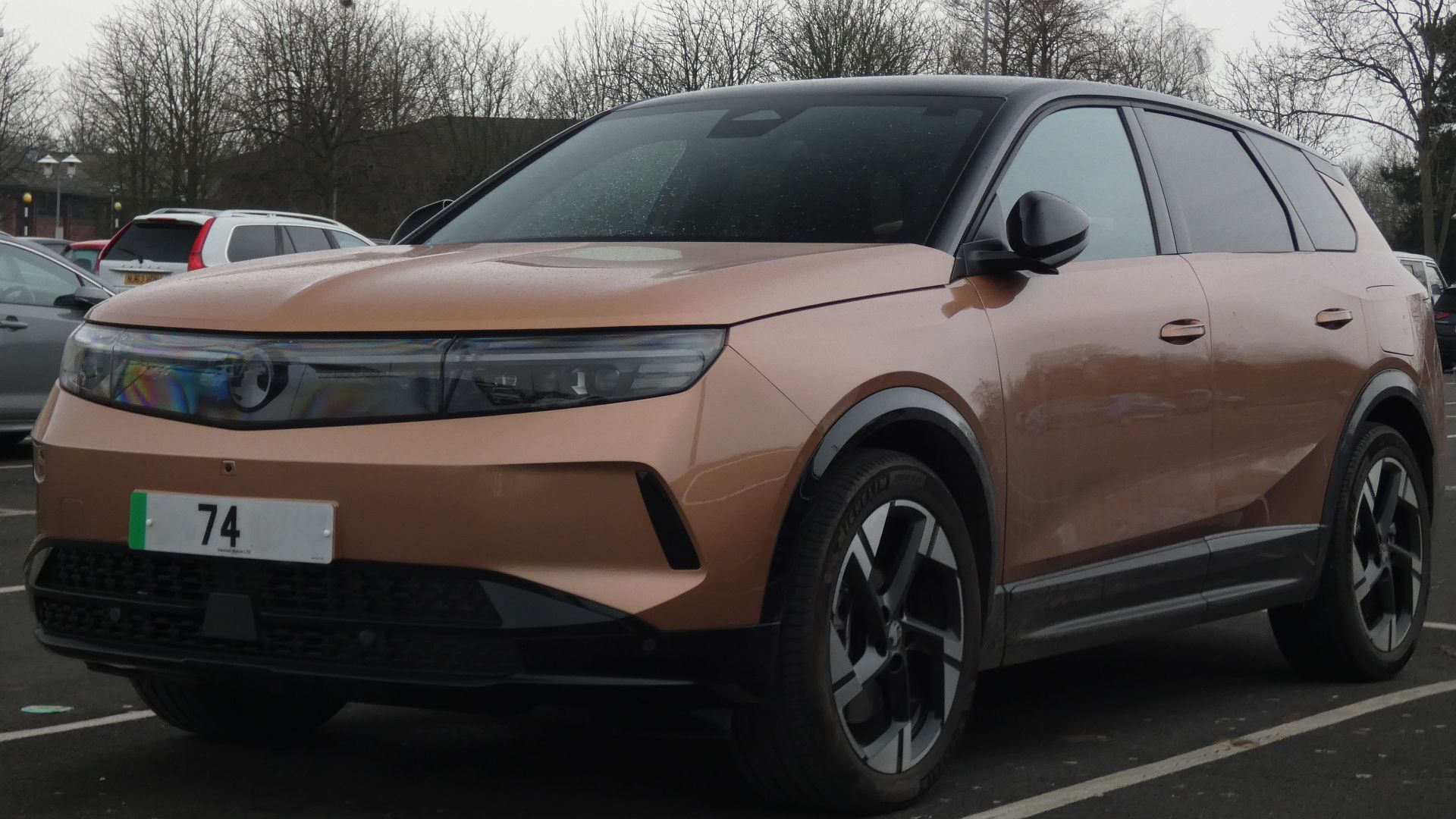 Harvey Bold, Wikimedia Commons
Harvey Bold, Wikimedia Commons
Across The Globe
In Asia, Chinese automakers like BYD continue to expand aggressively in EVs, aided by supportive policies and domestic supply chains, while Japanese firms increasingly favor hybrid strategies. These regional dynamics show that the EV transition is far from uniform and is shaped by local market and policy conditions.
The Hybrid Resurgence
Hybrid vehicles have re-emerged as a practical bridge between traditional and electric mobility. They feature lower emissions and better fuel economy without demanding the same infrastructure or price premium as full EVs. Automakers have found hybrids more profitable in the short term and less vulnerable to shifts in government incentives.
What’s Next For The EV Transition
The coming decade will likely bring a more measured path toward electrification, shaped by regional policies and technological progress in batteries and charging. Automakers are expected to diversify powertrain offerings by balancing EV development with hybrids and efficient combustion engines. This will happen until consumer confidence, infrastructure, and costs align more favorably for mass EV adoption.

